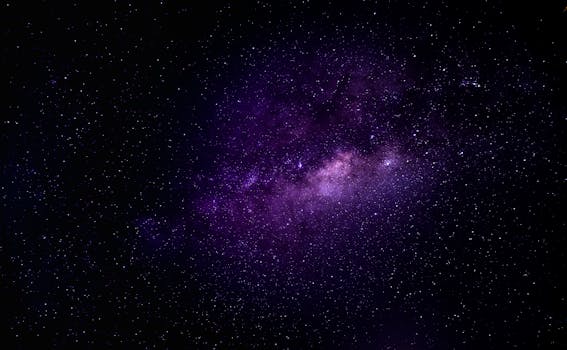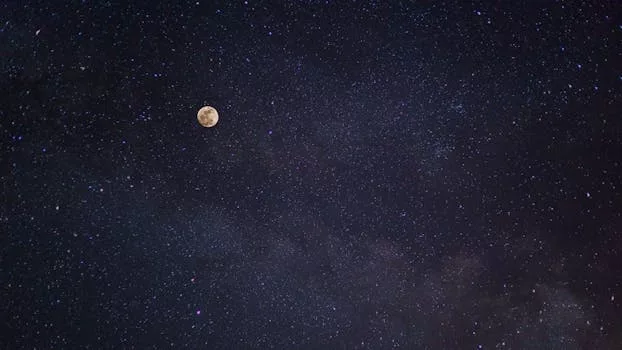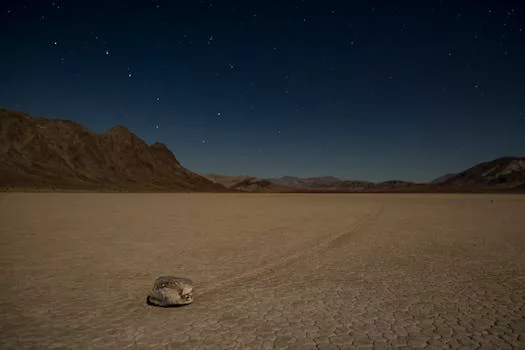
“
Introduction to Beyond the Milky Way: Imagining New Worlds and Possibilities
Imagine a universe beyond our own galaxy, the Milky Way, full of new worlds and possibilities waiting to be explored. The notion of exploring the cosmos has long fascinated humanity, and with advancements in technology and space travel, we are now closer than ever to making this a reality. In this article, we will delve into the possibilities that lie beyond our galaxy and what it means for human existence and the search for life beyond Earth.
The Search for Life Beyond Earth
The search for life beyond Earth is an intriguing topic that has sparked debates and discussions among scientists and astronomers for centuries. With the discovery of exoplanets, which are planets that orbit stars other than the Sun, the possibility of finding life beyond our galaxy has become more plausible. The NASA Exoplanet Archive has cataloged over 4,000 exoplanets, and many of these planets are believed to be located in the habitable zones of their respective stars, where conditions are suitable for life as we know it. For more insights, check out our post on Galaxies of Dreams.
The search for life beyond Earth is not limited to exoplanets. Scientists are also exploring the possibility of life on moons and dwarf planets in our own solar system. For example, Saturn’s moon Enceladus and Jupiter’s moon Europa are thought to have subsurface oceans that could support life. The European Space Agency and NASA are currently planning missions to explore these moons and search for signs of life.
Imagining New Worlds and Possibilities
As we continue to explore the universe and search for life beyond Earth, we are faced with the possibility of encountering new worlds and civilizations. The idea of encountering intelligent life beyond Earth is a fascinating one, and it raises many questions about the nature of the universe and our place within it. For example, what would it mean to encounter a civilization that is more advanced than our own? How would we communicate with such a civilization, and what would be the implications for human society? For more on this topic, read about the power of imagination beyond the stars.
Imagining new worlds and possibilities is not limited to the search for life beyond Earth. Scientists are also exploring the possibility of creating artificial intelligence and robots that can explore the universe and gather data on our behalf. For example, the NASA Curiosity rover has been exploring Mars since 2012, and it has provided a wealth of information about the planet’s geology and climate.
Conclusion and Takeaways
In conclusion, the possibilities that lie beyond our galaxy, the Milky Way, are endless and fascinating. From the search for life beyond Earth to imagining new worlds and possibilities, there is much to explore and discover. As we continue to advance in our understanding of the universe, we are faced with many questions and challenges, but also many opportunities for growth and discovery.
Some key takeaways from this article include:
- The search for life beyond Earth is an ongoing and intriguing topic that has sparked debates and discussions among scientists and astronomers.
- Exoplanets and moons in our own solar system are being explored for signs of life, and many of these celestial bodies are believed to be located in the habitable zones of their respective stars.
- Imagining new worlds and possibilities is not limited to the search for life beyond Earth, but also includes the possibility of creating artificial intelligence and robots that can explore the universe and gather data on our behalf.
- The possibilities that lie beyond our galaxy, the Milky Way, are endless and fascinating, and there is much to explore and discover as we continue to advance in our understanding of the universe.






